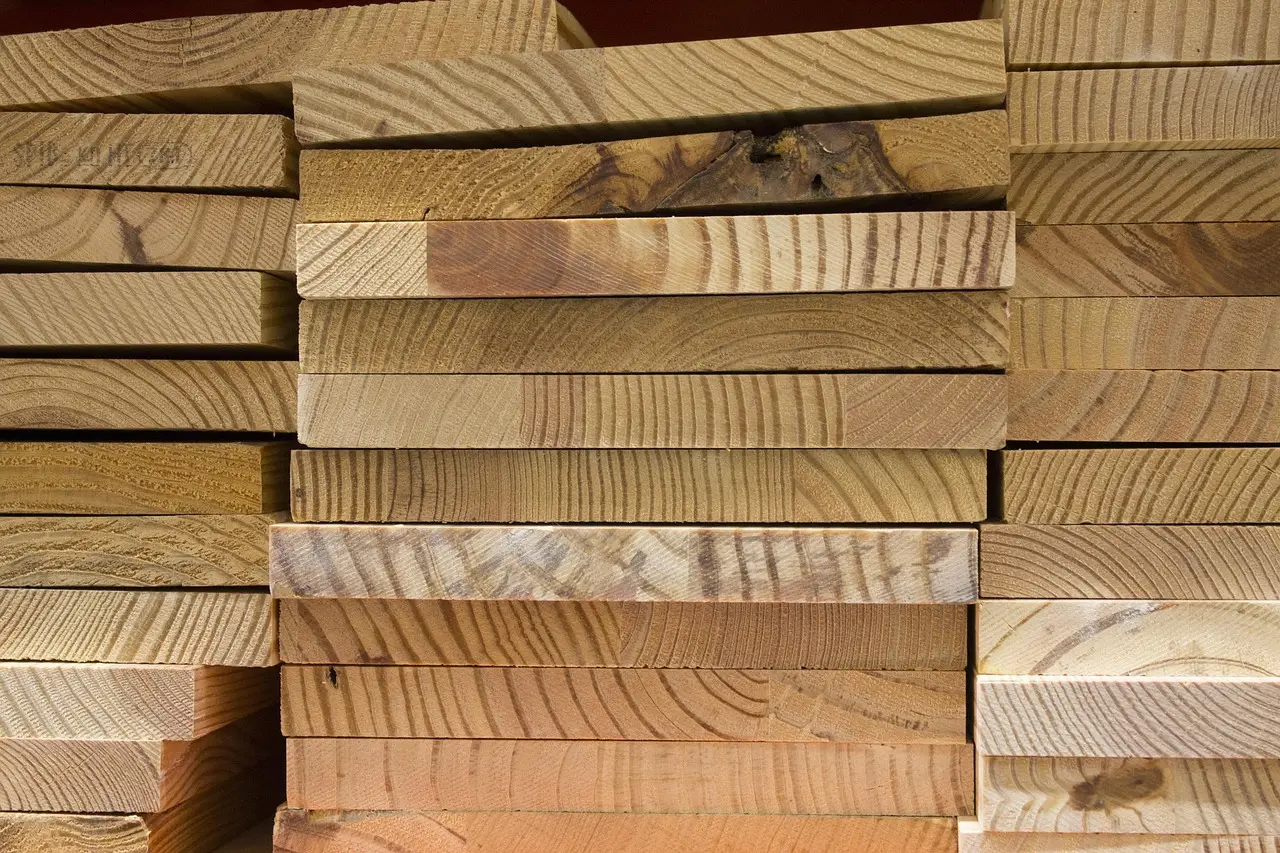Oregon Senate passes Forest Homes Act to establish lumber grading certification pilot
according toHBS DealerReport (April 30, 2025), the Oregon Senate recently passedSenate Bill No. 1061(Also known as the Oregon Forest Homes Act).
The bill authorizes the Oregon State University Extension Service to work with the state Department of Consumer and Business Services to establishTimber Grading Training Pilot ProjectParticipants who complete the one-day training course will receive timber grading certification.
Once certified, small sawmill operators can sell timber directly to self-builders or their agents.Single-family or duplexof wood.
“This bill opens the door for small sawmills to participate in local housing solutions,” said Senator Todd Nash. “Forty years ago, there were 69 sawmills in Eastern Oregon, and today there are only seven. This is a pragmatic move to use local resources to support rural economies and increase housing options.”
However, Eric Fritch, president of Fritch Forest Products and founder of Chinook Lumber in the Seattle area, noted that while the bill is intended to streamline the building materials procurement and production process, not everyone in the industry supports the change.Quality Control, Safety and LiabilityConcerns about the issue.
David Kretschmann, chairman of the American Lumber Standards Council (ALSC), expressed similar concerns in an open letter to Oregon Senator Kathleen Taylor.
LumberFlow Expert Interpretation
Analysis of the impact on Chinese importers:
- Changes in certification standards:New certification system could lead to higher prices for Oregon lumber exportsDouble grading standards, Chinese buyers need to pay special attention to the update of quality certification clauses in procurement contracts after the third quarter of 2025
- Supply structure adjustment:After the implementation of the bill, the production capacity of small sawmills is expected to increase by 15-20%, but it will mainly target the local 2×4/2×6 standard lumber market and imports from China.Douglas fir large size lumberLimited impact
- Quality risk warning:Be wary of exporting panels under the short-term training certification systemMoisture content controlandStress GradingCompliance rate, it is recommended to add third-party inspection clauses
Logistics response suggestions:
- Pay attention to possible problems in the export inspection process at the Port of PortlandDelayed review of documents, it is recommended to reserve an additional 5-7 working days
- Consider adding a newALSC CertificationandOSU AccreditationParallel acceptance of terms





